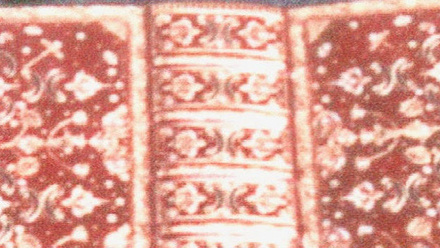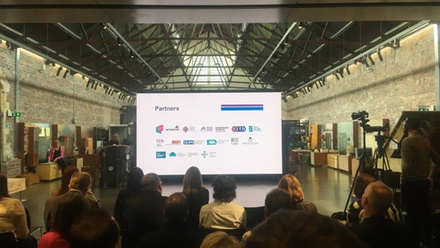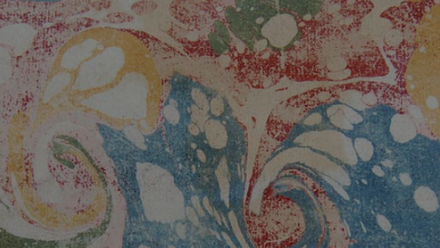Creating Conservation: Plenderleith Memorial Lecture
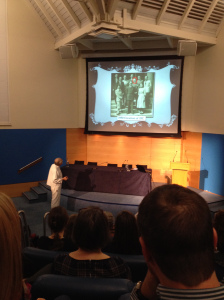
Emily Hick, Paper Conservator, Lothian Health Services Archive writes:
Every year, in November, the Icon Scotland Group hosts a lecture in honour of Dr Harold Plenderleith. But who exactly is Plenderleith and what does he have to do with conservation in Scotland? That was the subject of last year’s illuminating lecture entitled “Creating Conservation – Harold Plenderleith’s Life and Legacy” by Gaël de Guichen.
De Guichen travelled from Rome to present his reflections on the influence of Dr Harold Plenderleith, a man considered to have pioneered the conservator’s approach to conservation. De Guichen (Adviser to the Director General of ICCROM) began his career in conservation with an internship under the supervision Plenderleith in the 1960s and the two remained friends until his death, so he was ideally placed to discuss his mentor’s impact in the conservation field.
Plenderleith was born in Coatbridge, Lanarkshire in 1898. He read science at St Andrews University and gained a PhD from Dundee University in 1923. In 1924, he was recruited by the British Museum to investigate the causes of the deterioration of museum objects during wartime storage. During this time he was involved in many projects that were to shape his future conservation principles. For example, he led the scientific analysis of objects from the tomb of Tutankhamun and he was instrumental in the moving of paintings from the National Gallery in London to the Manod quarry in Wales during the Second World War.
De Guichen states that projects such as these confirmed Plenderleith’s belief that historic objects are happiest in stable conditions of temperature and humidity. This became a core value of his popular book The Conservation of Antiquities and Works of Art (first published in 1956) which was read worldwide and regarded as a conservation ‘bible’ at the time.
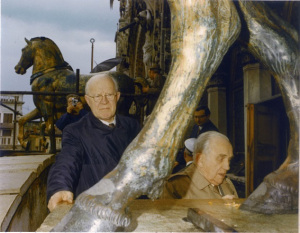
He became Keeper of the British Museum Research Laboratory in 1949 and ten years later he became the first director of the International Centre for the Study of the Preservation and Restoration of Cultural Property in Rome (now known as ICCROM). During this time his international reputation grew and he attained celebrity status in the conservation world. In the presentation, various letters to him were shown from many different countries which highlight his cult-like status. In these, he was described as a “pope” and “titan” of conservation, as well as “a kind of god”.
As well as his successful professional life, de Guichen gave us an insight into what type of man Plenderleith was. He told many stories demonstrating his humour, generosity and warmth. We were shown a ‘tongue-in-cheek’ birthday card in the form of a condition report made by Plenderleith for his secretary and told how he helped various interns working at ICCROM.
The lecture was a huge success and an excellent way to get to know one of the ‘founding fathers’ of conservation better. Plenderleith’s contribution to conservation in his lifetime was vast and through these annual lectures, his legacy of education lives on.


